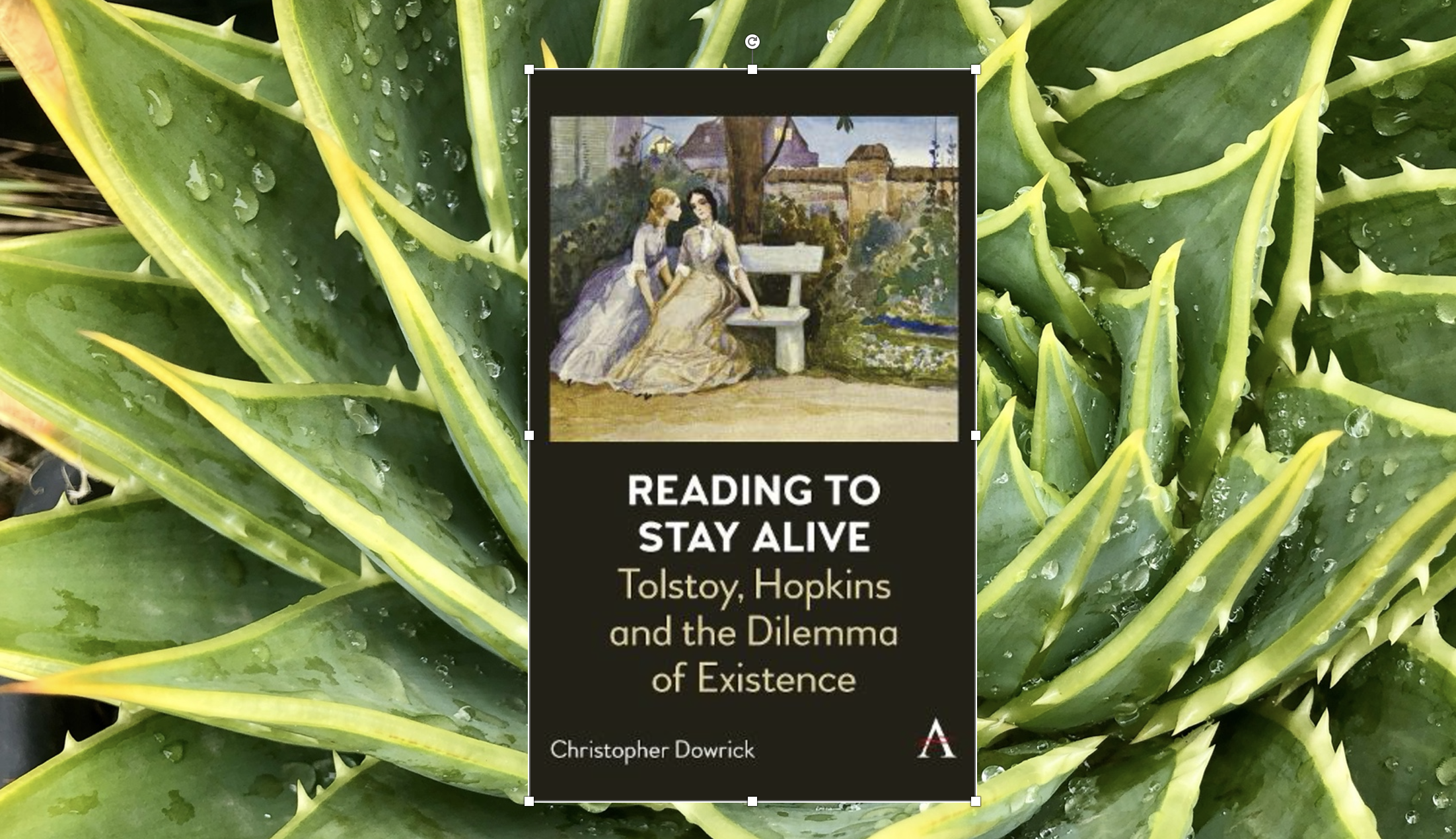
Austin O’Carroll is a general practitioner and co-founder of Safetynet Ireland, North Dublin City GP Training, and GPCareForAll. He is on twitter: @austinoc_austin
I have always wondered how we as doctors can sit in a clinical case conference and dispassionately discuss the saddest and most gut-wrenching cases without a smidgeon of tear appearing in the corners of our eyes. Yet that same night we can watch a fictional film or read a fictional book and find ourselves in floods of tears. I can only believe that there is something about medicine that disassociates us, and there is something about the arts that engage us.
First and foremost, I really enjoyed reading this book. The author sets out to use literature to explore the many human facets of those who live in such despair they wish to end their lives. He lays his stall out early arguing that literature firstly, ‘has the potential to help who are living in despair, providing them with sufficient reasons to stay alive’; and secondly, can help doctors ‘to reach out to people contemplating suicide; stretching our imagination; enhancing our compassion and generating deeper resources within ourselves to enable hope and change’. These are lofty ambitions.
…the nature of good literature is that it leads the reader on a journey of reflection
In Chapter 2 the author outlines the psychological theories of suicide. Having equipped the reader with the range of theoretical lenses, in the following four chapters the author explores a vast range of literature to tease out a multitude of possibilities that often end in suicide. The breadth of literature covered includes (amongst others) Tolstoy’s Anna Karenina; James Joyce’s Ulysses and Dubliners; Stevie Smith; Peter Porter; Seamus Heaney; Nick Hornby; Matt Haig; Maggie Farrell and (of course) Shakespeare. And to ensure, we span the centuries, he includes a few legends from Norse and Egyptian mythology. The experience of reading these narratives is different to hearing patient accounts Firstly, we know it is fictional yet, as in all good literature, we are engaged emotionally with the character. As the story is an invention, we are given the freedom to explore the possibilities. However, as we are engaged, it feels real as we explore. Secondly, in these narratives we join the characters flow of thought and feeling as they consider whether suicide is the answer to their despair. It brings us into that decisive moment when the hero(ine) contemplates their fate. Thirdly, the authors often throw extra dilemmas that challenge the characters perceptions of their situation. Lastly, the nature of good literature is that it leads the reader on a journey of reflection. All these factors result in the reader engaging in a thorough exploration of the journey a person may travel when deliberating suicide including the antecedents to and possible consequences.
The author also explores poetry, in particular reviewing a selection of Gerald Manley Hopkins poems that captured the depth of despair he felt when stationed in what he perceived as the dour backwater of Dublin city. (Dublin happens to be my home town. I remember it as dour in 1980 so can only imagine how bad it was in the 1884). These poems powerfully plumb depths of despair without mercy. The reader cannot but descend into the emotional turmoil that the poet experienced. He describes how he used Hopkin’s poetry for one of his patients who ‘paradoxically, witnessing his aloneness enables her to feel less alone’.
He also explores how literature can give us and possibly our patients, reasons for living.
However, it is not just understanding that the author believes literature can offer. He also explores how literature can give us and possibly our patients, reasons for living. He not only achieves this with literature, but also by traversing a range of philosophical ruminations seeking a raison d’etre for continuing one’s existence in the face of despair.
The author is on top of his game. The range of literary (including both prose and poetry; mythological and philosophical references he explores is impressive. After reading this book, I do believe that literature can engender a sense of deep empathy and compassion. The traditional clinical teaching carves up patients experiences into discrete symptoms and signs, in so doing, disaggregating the patient’s story from the depth of emotional suffering inherent in their story. As dispassionate clinicians, we tend to remain in the shallows. The book manages to engender sympathy and understanding for those who do end up taking their lives. He also offers us physicians the means by which literature can help us explore our patients pain and offer them hope and an existential purpose. As the author says in the last chapter ‘bearing witness to suffering, giving the other person a sense of being understood and accepted, is the first essential towards hope’.
Featured book: Dowrick C, Reading to Stay Alive: Tolstoy, Hopkins and the Dilemmas of Existence. Anthem Press, 2022, ISBN 1785278916






